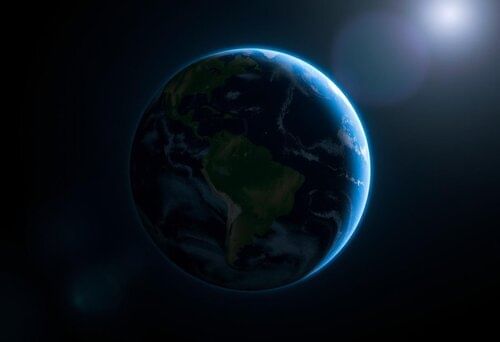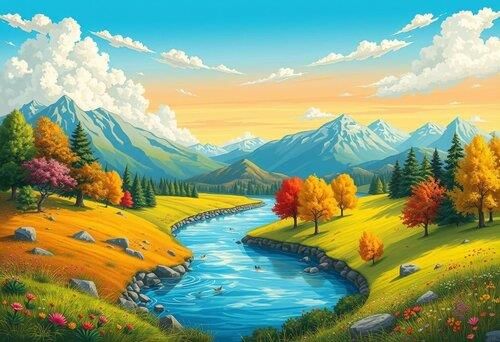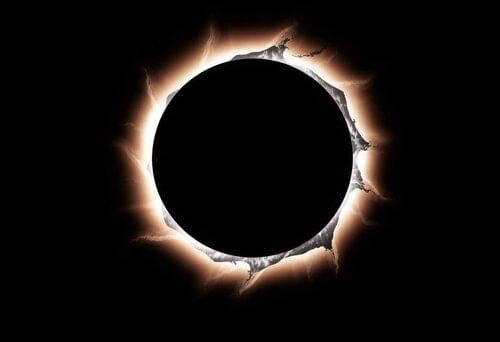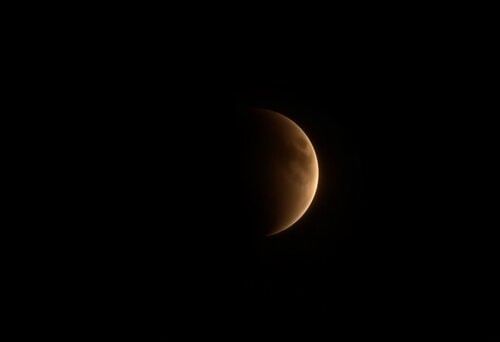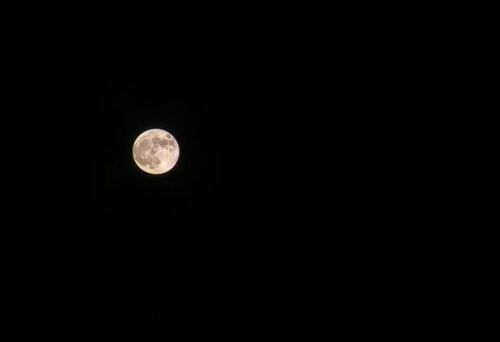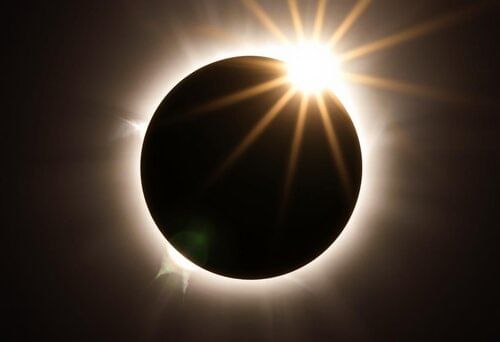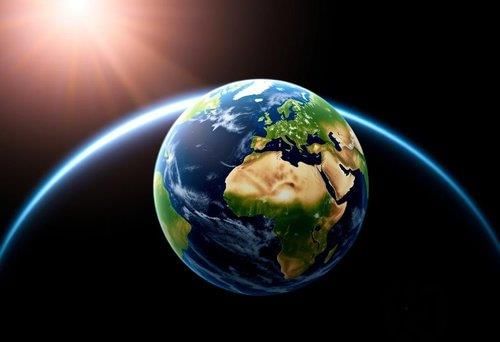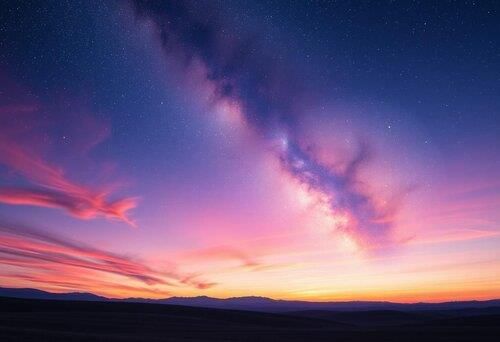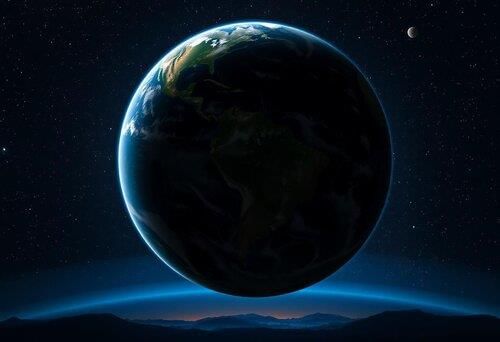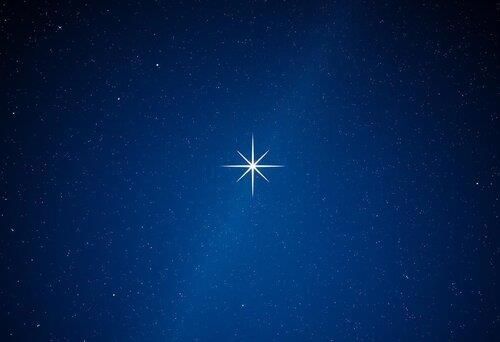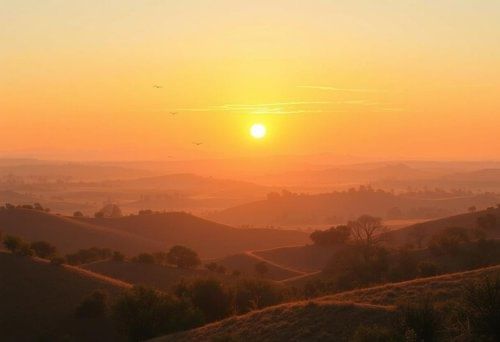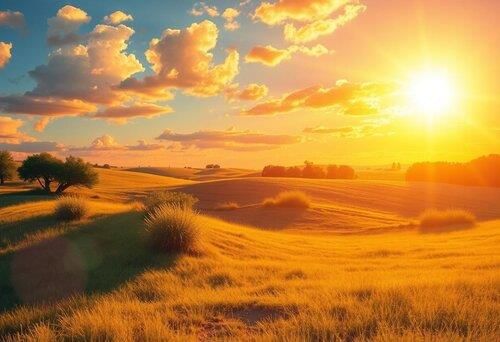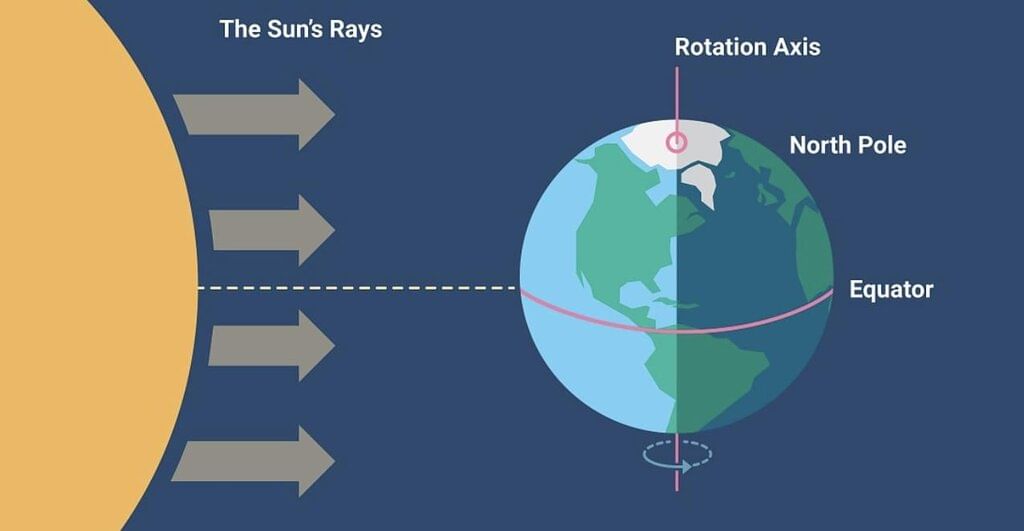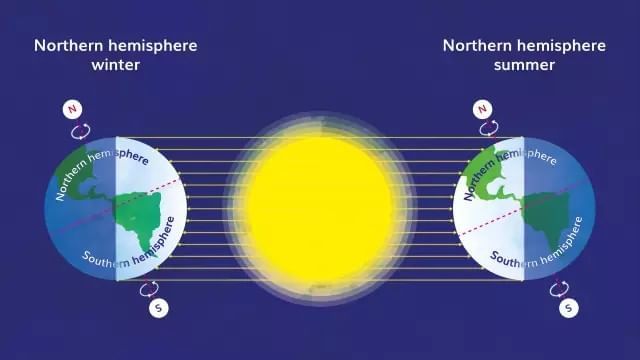|
Fill in the blank: The tilt of the Earth leads to the changing ___ throughout the year. |
Card: 3 / 42 |
|
True or False: Solar eclipses occur when the Moon passes between the Earth and the Sun. |
Card: 5 / 42 |
|
Multiple Choice: What is one of the ancient contributions to understanding celestial events? A) Telescopes B) Calendars C) Satellites D) Computers |
Card: 11 / 42 |
|
Fill in the blank: Safe observation practices are important to prevent ___ when viewing solar eclipses. |
Card: 13 / 42 |
|
True or False: The Earth rotates clockwise when viewed from above the North Pole. |
Card: 17 / 42 |
|
Fill in the blank: As the Earth rotates, the side facing the Sun experiences ___ while the opposite side experiences ___ . |
Card: 19 / 42 |
|
What causes the Sun, Moon, and stars to appear to move across the sky from east to west? |
Card: 21 / 42 |
 Unlock all Flashcards with EduRev Infinity Plan Starting from @ ₹99 only
|
|
The Pole Star appears nearly stationary because the Earth's axis points close to it. Name this star. |
Card: 23 / 42 |
|
During which solstice does the Northern Hemisphere experience the longest day? |
Card: 29 / 42 |
|
Fill in the blank: The portion of the night sky visible after sunset changes throughout the year due to ___ of the Earth. |
Card: 31 / 42 |
|
True or False: The seasons are caused by the Earth being closer to the Sun during summer. |
Card: 33 / 42 |
|
False. Seasons are caused by the Earth's axial tilt and spherical shape, not by distance from the Sun. |
Card: 34 / 42 |
|
Riddle: I am a time when days and nights are equal, occurring in March and September. What am I? |
Card: 35 / 42 |
|
Which hemisphere experiences summer when the Northern Hemisphere is tilted away from the Sun? |
Card: 41 / 42 |





